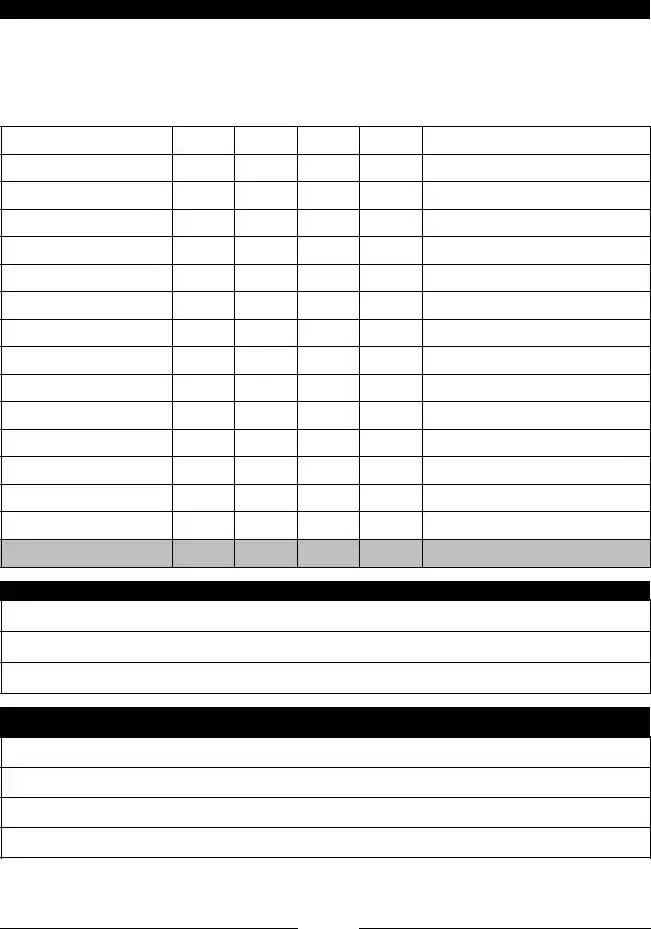What information is required on the Employee form?
The Employee form requires several key pieces of information. First, the employee's name and the date must be provided. Next, the department in which the employee works and the period of review are necessary. Additionally, the reviewer's name and title should be included to ensure clarity regarding who conducted the evaluation. This information helps to contextualize the performance review and identify responsible parties.
How is performance evaluated on the Employee form?
Performance is evaluated using a straightforward rating system that includes four categories: Excellent, Good, Fair, and Poor. Factors assessed include job knowledge, productivity, work quality, technical skills, and enthusiasm, among others. Each of these categories merits an individual rating, allowing for a comprehensive overview of the employee's performance in various competencies.
Can comments be added to the evaluation, and why are they important?
Yes, comments can and should be added to the evaluation. The sections for comments provide contextual information that can clarify the ratings given. They offer opportunities for commendation as well as constructive feedback. Including detailed comments aids in developing a more nuanced understanding of performance and can guide future growth and improvement.
What does signing the form signify for both the employee and the reviewer?
By signing the Employee form, both the employee and the reviewer confirm that a discussion regarding the review has taken place. The signature indicates acknowledgment of the review process, not necessarily agreement with the evaluation. This distinction is essential, as it allows for an open dialogue about performance while protecting the rights of the employee to express disagreement.
What happens if an employee disagrees with the performance evaluation?
If an employee disagrees with the performance evaluation, they have the right to voice their concerns. It is advisable to discuss these disagreements directly with the reviewer first. Additionally, companies often have procedures in place for formal appeals or discussions regarding performance reviews, allowing for further examination of the evaluation if necessary.
How can the Employee form support professional development?
The Employee form includes a section dedicated to opportunities for development. This aspect is crucial for identifying strengths and areas for improvement. By addressing specific developmental opportunities, the form encourages employees to engage in professional growth and skill enhancement. Moreover, the reviewer's comments can guide employees on how to leverage their strengths while working on less robust areas.
